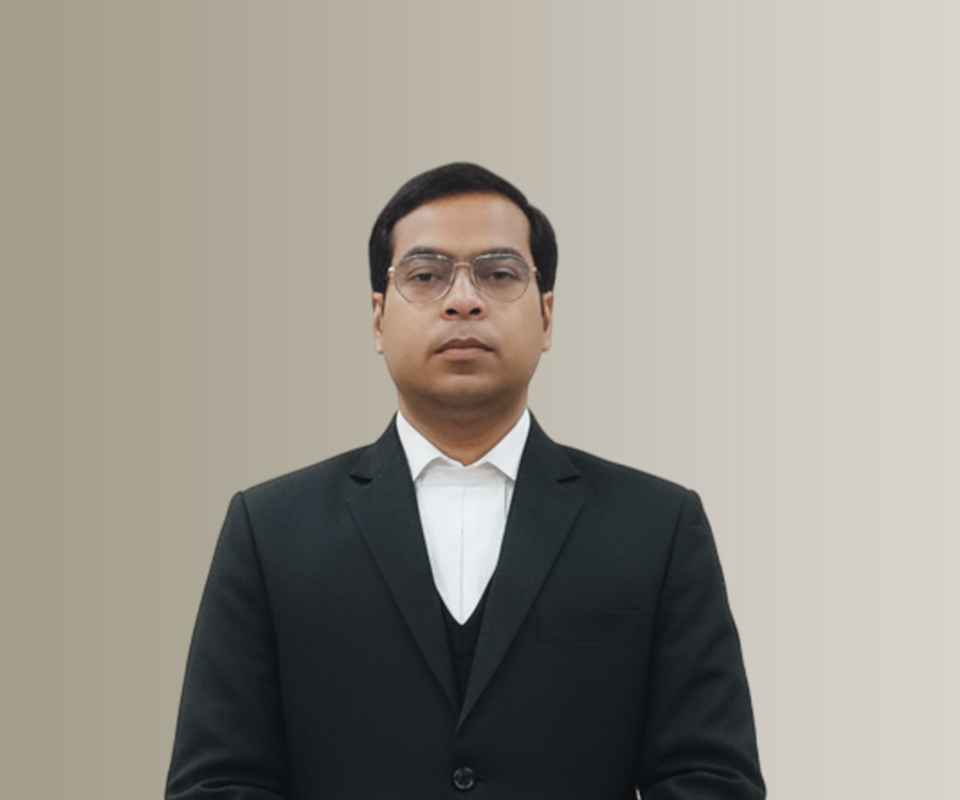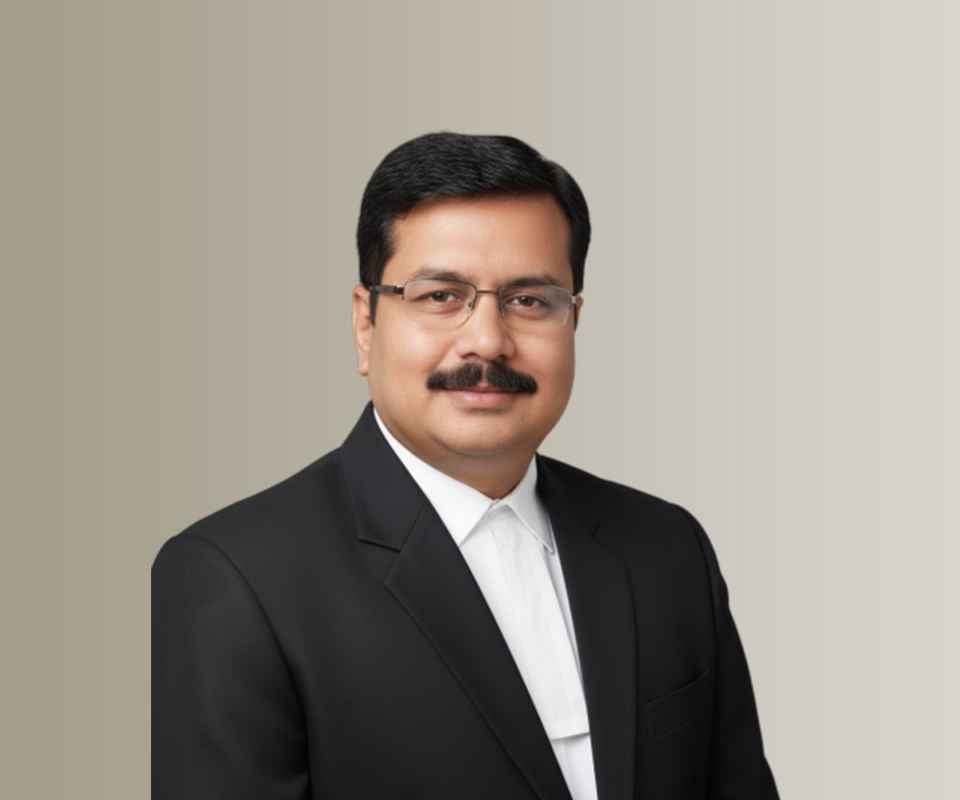Answer By law4u team
In recent years, women in the Indian Armed Forces have been breaking barriers and taking on increasingly diverse roles across the Indian Army, Indian Navy, and Indian Air Force. Although opportunities have expanded, women are still not allowed in all combat roles, but they serve in numerous positions where their contributions are critical to the military’s overall efficiency and success. The roles available for women differ across services, and many of them offer leadership positions, technical expertise, and other specialized functions.
Roles Open to Women in the Indian Armed Forces:
1. Indian Army:
Women can serve in various non-combat roles in the Indian Army, primarily as officers under the Short Service Commission (SSC). However, they are currently not eligible for combat arms such as infantry, artillery, and armored corps.
Roles for Women in the Indian Army:
Army Medical Corps (AMC):
Women with a medical degree can serve as doctors, surgeons, and medical officers in the Army Medical Corps. These roles are critical for providing medical services to soldiers.
Legal Branch:
Women with a law degree can join the Judge Advocate General (JAG) branch of the Army, where they provide legal counsel and representation.
Education Corps:
Women can serve in the Education Corps, handling educational roles, conducting training programs, and teaching.
Ordnance Corps:
In this branch, women serve in logistical support, including the management of supplies, ammunition, and military equipment.
Signals Corps:
Women in the Signals Corps work in communication and information technology roles, providing essential support in military operations.
Army Aviation Corps:
While combat aviation remains off-limits for women, women officers in the Aviation Corps manage administrative and support roles, and a few are being inducted as pilots under certain exceptions.
Other Roles:
Women can also serve in Army Services like Transport, Intelligence, and Logistics.
Women in the Army primarily serve under Short Service Commission (SSC), and a few are eligible for Permanent Commission in non-combat roles, such as Legal, Education, and Ordnance Corps.
2. Indian Navy:
Women can serve in both technical and non-technical roles in the Indian Navy, but they are not yet allowed to join combat positions such as in the marines or submarine services.
Roles for Women in the Indian Navy:
Education Branch:
Women serve in the Education Branch, which involves training and educational activities for naval personnel.
Logistics Branch:
Women serve in Logistics, handling various administrative tasks, planning operations, and managing material resources.
Law Branch:
Women with a law degree serve in the Legal Branch, advising on legal matters and ensuring compliance with regulations.
Engineering and Electrical Branches:
Women with an engineering background can serve in the technical branches, including mechanical and electrical engineering services, and contribute to the technical expertise of the Navy.
Naval Air Arm:
While women cannot yet serve as combat pilots, they can serve in administrative roles and are eligible for training in the Air Traffic Control (ATC) and Flight Operations roles.
Women in the Indian Navy generally serve under Short Service Commission (SSC), but some women officers can also apply for Permanent Commission in Legal, Education, and Logistics branches.
3. Indian Air Force:
The Indian Air Force (IAF) is one of the most progressive branches when it comes to integrating women, particularly in the Flying Branch. Women are eligible for both Short Service Commission (SSC) and Permanent Commission (PC) in various branches.
Roles for Women in the Indian Air Force:
Flying Branch:
Women can serve as pilots in the Flying Branch of the Air Force, where they are trained to operate various aircraft. Since 2016, women have been allowed to serve as fighter pilots and transport pilots. However, women are not yet allowed in combat roles like ground attack missions.
Technical Branch:
Women with a background in engineering can join the technical branch (in areas like Mechanical Engineering, Electronics, Computer Science, and Electrical Engineering) and serve as technical officers managing aircraft maintenance and operations.
Ground Duty (Non-Technical Branches):
Women can join several ground duty branches in the IAF, including:
- Administration
- Logistics
- Accounts
- Education
- Meteorology
Medical Branch:
Women with medical degrees can serve in the Medical Corps, where they can contribute as doctors and surgeons.
Law Branch:
Women with a law degree can join the IAF’s Legal Branch and provide legal counsel and representation.
Women in the Indian Air Force can serve under both Short Service Commission (SSC) and Permanent Commission (PC), with opportunities for flying roles, administrative roles, and technical expertise.
Challenges and Limitations:
Combat Roles:
Women are not yet allowed in all combat roles across the Army, Navy, and Air Force. While there has been progress in roles like fighter pilots in the Air Force, submarine services and certain combat branches in the Army remain closed to women.
Physical Standards:
Women face different physical standards compared to their male counterparts, especially in physical fitness tests. Some relaxations in standards apply, but the exact fitness requirements can vary based on the role.
Opportunities for Permanent Commission:
Though permanent commissions are available to women in certain branches, this is still limited in areas like the Indian Army (mostly non-combat roles) and is gradually expanding.
Example:
A woman with a B.Tech degree in Electrical Engineering from Pune decides to apply for a role in the Indian Air Force. She clears the AFCAT exam, SSB interview, and medical examination. She is selected for a Short Service Commission as a Flying Officer in the Technical Branch, where she is responsible for managing the maintenance and operation of aircraft. She later opts to serve on a Permanent Commission in the Air Force.
Conclusion:
Women have made significant strides in the Indian Armed Forces and now hold a variety of roles, including pilots, doctors, engineers, lawyers, and administrators. While combat roles remain largely restricted, the contributions of women in technical, administrative, and support functions are invaluable to the Indian Armed Forces. As gender equality progresses, more roles for women in the military continue to open up, enhancing their participation and influence in national defense.







